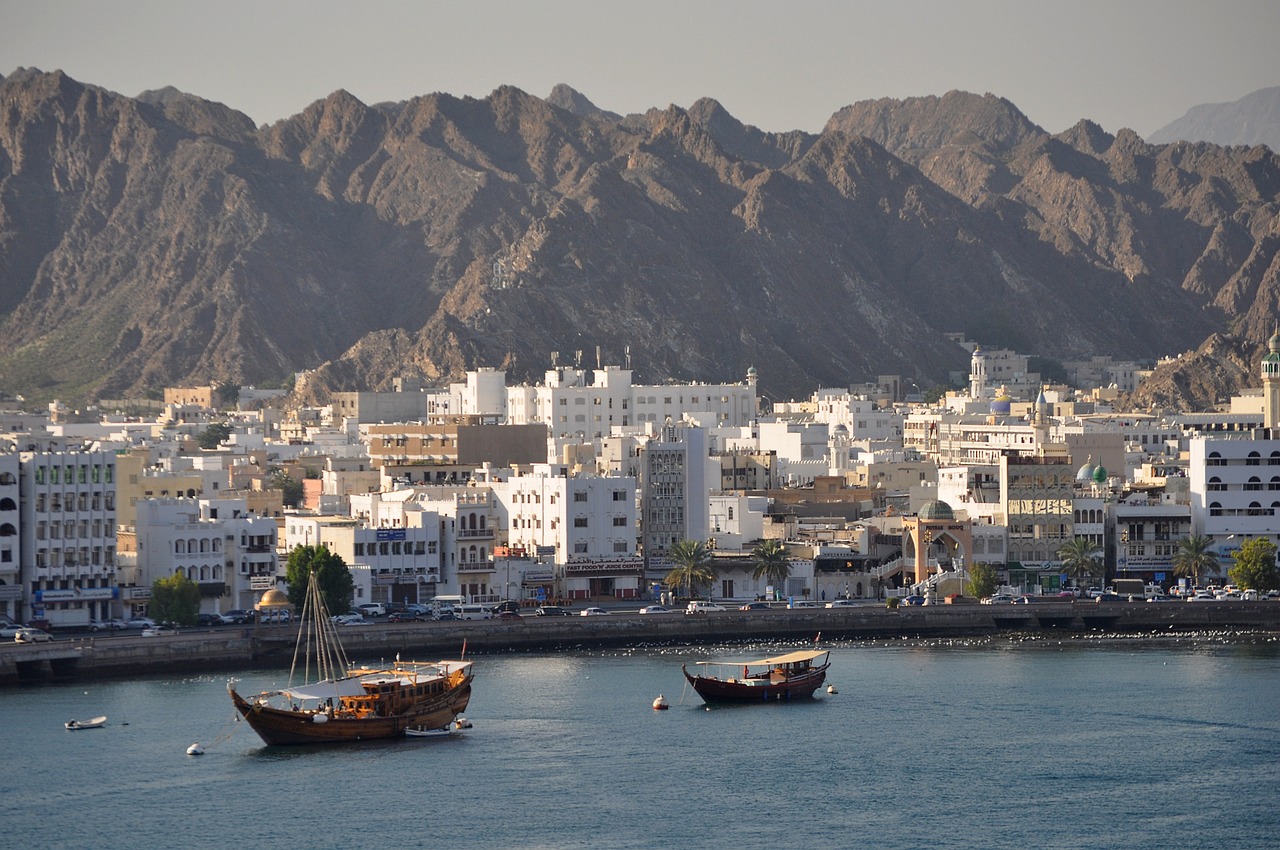Exploring Iconic Waterways and Rivers: A Nautical Journey
The Amazon River, the largest river in the world by discharge volume of water, plays a crucial role in sustaining the rich biodiversity of the Amazon Rainforest. Stretching over 4,345 miles, the mighty river provides essential nutrients and water to the diverse ecosystem, supporting a plethora of plant and animal species. Its tributaries flow through the heart of the rainforest, shaping its landscape and fostering life in abundance.
The Amazon River acts as a vital transportation route for local communities, enabling trade and connectivity within the vast rainforest region. Many settlements rely on the river for basic supplies and access to the outside world, highlighting its significance as a lifeline for human inhabitants as well. From traditional riverboats to modern cargo vessels, the Amazon River serves as a dynamic artery that sustains both nature and civilization along its winding course.
Nile River – A Historical and Cultural Treasure
The Nile River, winding through multiple countries in Africa, holds a revered place in history and culture. Its waters have been a source of sustenance and civilization for thousands of years, providing fertile lands for agriculture and supporting diverse communities along its banks. The ancient Egyptians, in particular, worshipped the Nile as a god and built their iconic civilization around its life-giving waters.
Furthermore, the Nile River has been a crucial transportation route, connecting various regions and facilitating trade and communication. Its significance in shaping the development of early civilizations and fostering cultural exchange cannot be overstated. The legacy of the Nile continues to be woven into the fabric of modern societies, serving as a testament to the enduring impact of this majestic waterway.
What is the significance of the Nile River?
The Nile River is often referred to as the lifeblood of Egypt, as it has played a crucial role in the country’s history, culture, and economy.
How long is the Nile River?
The Nile River is approximately 4,135 miles long, making it one of the longest rivers in the world.
What are some famous historical sites along the Nile River?
Some famous historical sites along the Nile River include the Pyramids of Giza, the temples of Luxor, and the Valley of the Kings.
How has the Nile River influenced Egyptian culture?
The Nile River has influenced Egyptian culture in many ways, from providing fertile land for agriculture to serving as a transportation route for trade and travel.
Can you take a cruise along the Nile River?
Yes, there are many cruise options available for tourists to explore the Nile River and its surrounding attractions.





